Aquaculture has new technologies to fight sea lice on salmon farms
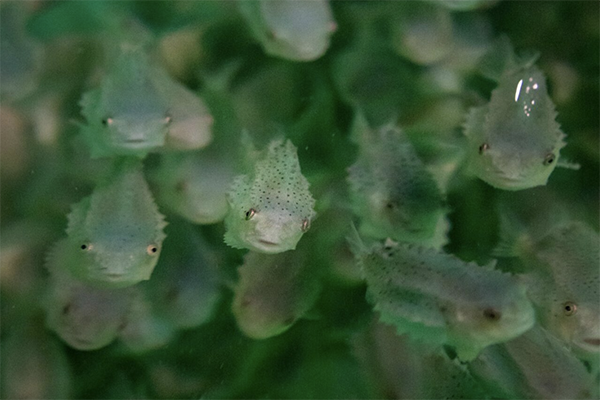
For the salmon aquaculture industry, the sea louse is public enemy No. 1. Globally, commercial salmon farmers are constantly seeking to prevent and manage the presence of Lepeophtheirus salmonis – a marine parasitic crustacean that targets both wild and farmed salmonids, feeding on fish skin, mucus and blood to survive.
Sea lice are small but mighty, able to inflict severe economic damage on commercial fish farms, harming the market value of the fish, and in severe cases an infestation can cause mass fish die-offs.
Currently, the most common sea lice treatment involves drug and pesticide usage – a method that’s effective but can negatively impact fish health. Moreover, treated salmon can’t be sold for weeks afterward. In some cases, treatment can prove ineffective if the salmon lice have built up a resistance to sea lice treatment over time. To deal with this ongoing menace, researchers and aquaculture operations are seeking out innovative technological approaches to sea lice management.
In salmon aquaculture, the cleaner fish holds one of the most important jobs: combating sea lice. Farmed ballan wrasse, lumpfish and other wild wrasse species feed on sea lice on salmon, making them vital to aquaculture operations. To create optimal conditions that facilitate the fish in doing their vital work, researchers are exploring whether certain behavioral traits of cleaner fish are inherited, and if so, whether they can be used as the basis for breeding programs.
Distinguishing ‘the bold and the bashful’
“Studying the behavior of cleaner fish is providing a new and interesting take on how the sector cares for and uses ballan wrasse and lumpfish to the best of their abilities,” said Heather Jones, CEO of the Sustainable Aquaculture Innovation Centre (SAIC). “Different personalities are naturally better suited to different jobs among humans, so it is fascinating to see the same is true of these species.”
A previous SAIC-study funded showed that bolder ballan wrasse are likely to be a better fit for the job of picking sea lice from salmon. The bolder fish showed no hesitation when presented with foreign objects in their tanks, and the research team is now exploring how to use this type of test on a commercial scale.
Specifically, scientists in Scotland are developing a new video tool that will pick out “the bold and brave” cleaner fish – which they claim are the best candidates for the job – from the “the bashful.”
“So far, the research points towards bold cleaner fish being better delousers,” said Dr. Eduardo Jimenez Fernandez, R&D manager at Otter Ferry Seafish, one of the partners on the project. “However, the data is limited and a more robust model is needed for categorizing and identifying such personality traits. This project combines global behavioral expertise and will provide valuable information that could guide future selective breeding programs.”
The project, led by the University of Stirling’s Institute of Aquaculture, Swansea University and Otter Ferry Seafish, will look at the best ways to identify high-performing ballan wrasse and lumpfish using artificial intelligence (AI) and imaging technology. The consortium has received funding from SAIC and is supported by Loch Duart, Bakkafrost Scotland, Ocean Matters and Visifish – a machine vision company.
The first stage of the project involves categorizing the different traits – such as boldness, shyness, social interaction and even aggression – and seeing how the range of personalities perform at picking sea lice from salmon. Insights will then be integrated with imaging technology, which could be widely used by seafood producers to routinely monitor the behavior and welfare of cleaner fish.
Like some job interviews, there will also be a group challenge with researchers monitoring how ballan wrasse and lumpfish with different personalities respond in social groups.
“Being able to identify the best delousers, based on behavior, could lead to significant improvements in the health and welfare of salmon and a reduction in the number of cleaner fish used,” said Dr. Adam Brooker, research fellow in aquatic animal behavior at the University of Stirling’s Institute of Aquaculture. “Seeing how cleaner fish behave when cohabiting will also help us understand how these fish interact with each other so we can account for this once they are integrated into producers’ sites.”
We probably have a long way to go before farmed salmon become a less attractive host for salmon lice.
With a new standardized personality test, the fish most likely to be the best at removing sea lice from salmon can be identified for future breeding programs. The results of the project will also be used to adapt hatchery procedures and the rearing environment to encourage juvenile cleaner fish to develop the desired traits.
“We produce cleaner fish for a specific job, so it makes sense to develop an appropriate selection process based on the different personality traits we know can influence delousing,” said Brooker. “With this new information, we can modify the rearing environment to encourage delousing behavior and select good delousers for breeding future generations.”
Field trials are expected to take place next year with the camera system tested with current cleaner fish populations at Loch Duart and Bakkafrost Scotland sites.
“Building on previous SAIC-backed research and further combining academic and sector expertise, the development of new camera-based technology could be transformational for the sector’s approach to using cleaner fish,” said Jones.
Seeking ‘simple’ solutions
Fish psychology aside, AKVA Group is collaborating with Northern Lights Salmon and Sørrollnesfisk to launch a new net-pen concept to combat sea lice. For the first time, the sea lice skirts can be lowered to 15 meters to block the lice out, while pumps bring up fresh, oxygen-rich seawater from the depths.
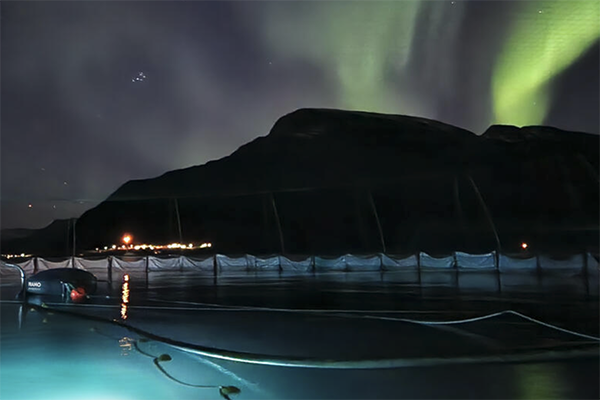
“We have adopted a special net from AKVA group Egersund Net on the pens,” said Christian Balteskard, Project Manager for Northern Lights Salmon and Sørrollnesfisk. “With a spaghetti net with a custom-made lice skirt, where the skirt is attached both at the top and bottom of the net, we can go down to a full 15 meters with a lice skirt without experiencing too much deformation.”
In the development phase, AKVA group members and salmon farmers looked at how standard products can be used to optimize pen conditions. OptiCage is to be used in six 160-meter pens from NOFI at the Ystevika site in Sør-Troms, Norway. There are already salmon in the first four, and the start-up has been reportedly “very successful.” The testing of the technology, which is supported by Innovation Norway’s Environmental Technology Scheme, started in October 2021 and completed in March 2022.
“It is important to look for solutions that are close at hand, and to utilize existing infrastructure for sustainable results,” said Balteskard. “We have looked at how we can make ‘simple’ changes to adapt and optimize the conditions for the fish. In OptiCage, we have assembled the most optimal solution.”
Together with fish farmers, Framo worked to optimize the flow conditions. The water improver Framo AquaStream retrieves fresh seawater at the right temperature from deep below the lice belt. Within 98 minutes, Framo AquaStream replaces all the water inside the skirt in the pens. This ensures that the fish constantly get oxygen-rich water.
“We have adapted our Framo AquaStream system to verify the technology together with the form-fitting skirt,” said Terje Ljones, sales manager at Framo Innovation. “The pumps from Framo create currents in the pen which help to recreate the natural conditions the fish experience out in the sea. The pumps can be run up and down in capacity, and the amount of water moved can thus be adapted to the biomass that is in the pen at any given time.”
The goal is to use existing equipment to create a concept against sea lice that can be used at existing food fish locations. In the design phase, much of the focus was on finding practical solutions to ensure simple assembly and safe operation. But in addition to protecting against sea lice, the salmon must have good growth and living conditions throughout the cage.
“This is an exciting product that means a lot to the concept of deep farming,” said Geir Kåre Tønnessen, senior sales manager of net products at AKVA group Egersund Net. “OptiCage is helping to combat the biggest challenge the fishing industry faces, namely salmon lice. When fresh water is constantly pumped in, this gives the salmon better fish health and reduces mortality.”
‘A complex problem to solve’
Food research institute Nofima is collaborating with researchers and the fishery industry to explore the possibilities of using gene editing to make salmon more resistant to sea lice. The Nofima-led project, called CrispResist, brings together researchers from Norway, the United Kingdom, the United States, Canada, Sweden and Australia, with high hopes of eliminating the salmon lice as a fish welfare problem in salmon aquaculture.
“It’s a complex problem to solve,” said Nick Robinson, Nofima’s project manager for CrispResist. “There is a wide range of mechanisms that affect how well the salmon can protect themselves from the lice, but we hope we will find answers. We are using gene editing in our research to determine whether selected genes have an effect.”
Gene editing is a collective term for genetic technologies that make targeted changes in the genetic material (DNA) of an organism. For example, it could relate to removing or adding one or more bases to the DNA or replacing one gene variant with another. The most common technology used is CRISPR/Cas9. Today, gene editing is only used on animals in Norway for research purposes (e.g., when discovering the effects produced by different genes).
The researchers are investigating what it is about the genes of various species of Pacific salmon that make them more resistant to salmon lice. The team will then apply the findings and aim to gene edit the eggs of Atlantic salmon using CRISPR-Cas9. Ultimately, the goal is to uncover whether the identified genes can be edited to increase the resistance of farmed salmon to salmon lice.
“In such a scenario, it would be great if the use of gene editing can eliminate salmon lice as a health problem in farmed salmon,” said Aina-Cathrine Øvergård, CrispResist researcher and University of Bergen professor. “It could also reduce pressure on wild salmon and spare cleaner fish.”
However, if the study confirms that the genes can be edited with a positive result, that does not mean that gene editing can automatically be implemented as a tool in salmon aquaculture. Implementation requires both government approval and consumer acceptance, as well as industry interest.
“We probably have a long way to go before farmed salmon become a less attractive host for salmon lice,” said Kjell Maroni, R&D director of aquaculture at the Norwegian Seafood Research Fund (FHF). “So it’s a good thing that we already have existing technological tools for both prevention and control.”
Read more about sea lice in the Advocate.
Follow the Advocate on Twitter @GSA_Advocate
Now that you've reached the end of the article ...
… please consider supporting GSA’s mission to advance responsible seafood practices through education, advocacy and third-party assurances. The Advocate aims to document the evolution of responsible seafood practices and share the expansive knowledge of our vast network of contributors.
By becoming a Global Seafood Alliance member, you’re ensuring that all of the pre-competitive work we do through member benefits, resources and events can continue. Individual membership costs just $50 a year.
Not a GSA member? Join us.
Author
-
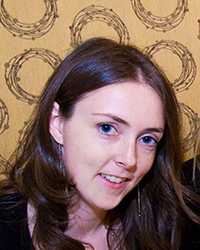
Lisa Jackson
Associate Editor Lisa Jackson is a writer who lives on the lands of the Anishinaabe and Haudenosaunee nations in Dish with One Spoon territory and covers a range of food and environmental issues. Her work has been featured in Al Jazeera News, The Globe & Mail and The Toronto Star.
Tagged With
Related Posts
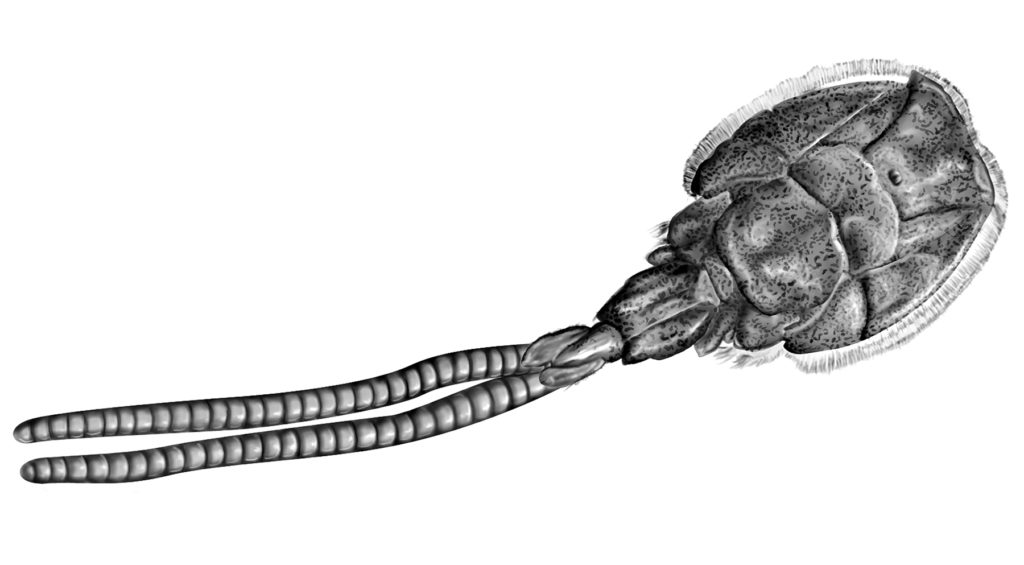
Health & Welfare
Animal health giants have sea lice in their crosshairs
Alltech and Benchmark have been working on the next generation of sea lice solutions and believe they have new products that can help salmon farmers win.
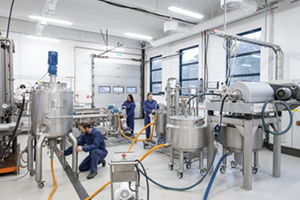
Aquafeeds
Nofima identifies optimal feed components for the sea lice cleaner fish ballan wrasse
A Nofima study has identified key feed components for ballan wrasse, a sea lice cleaner fish important to Norway's salmon industry.
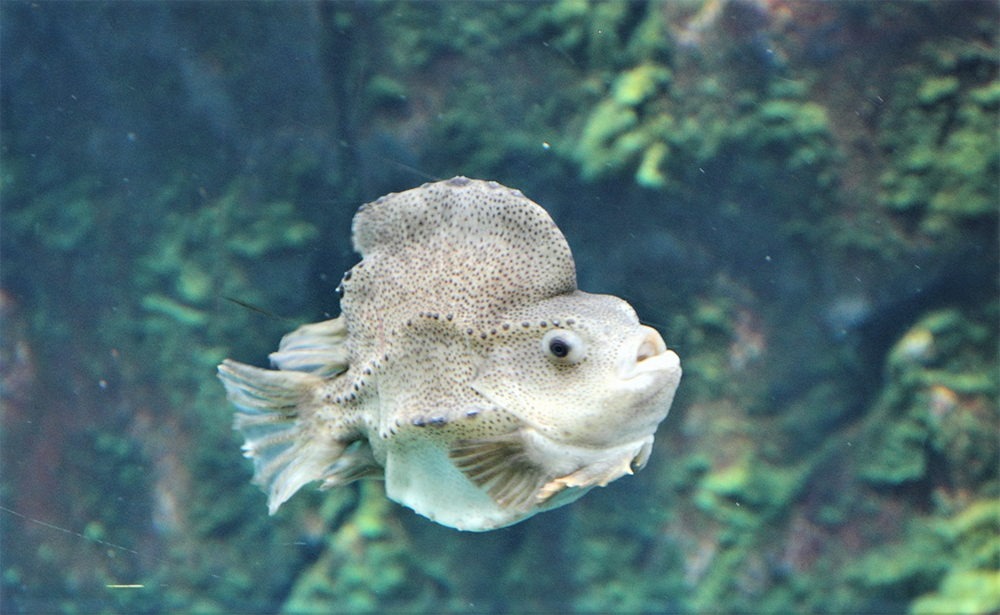
Health & Welfare
Lumpfish production in RAS with various water treatments
This study investigated the effect of various RAS water treatment designs on water and biofilm microbiota, survival, growth and gill health of lumpfish.
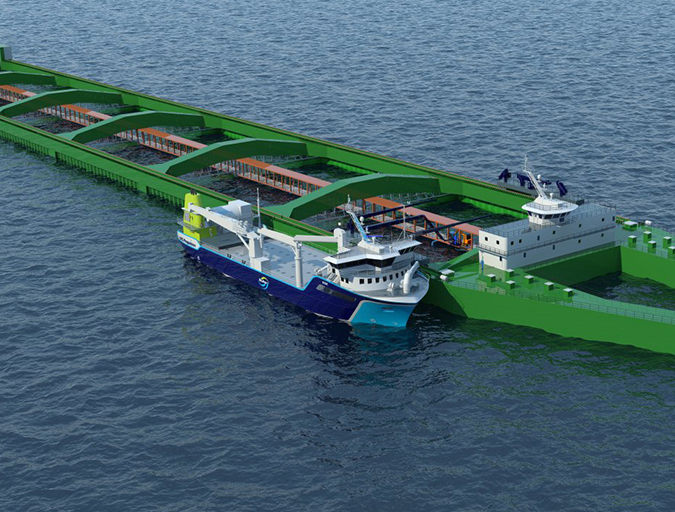
Health & Welfare
Chem-free fixes emerging in sea lice saga
Salmon farmers, using emerging technologies, are exploring new methods of sea lice mitigation in an effort to overcome one of the industry’s most persistent problems. New chemical-free innovations show an industry eager to adapt and adopt environmentally safe practices.


